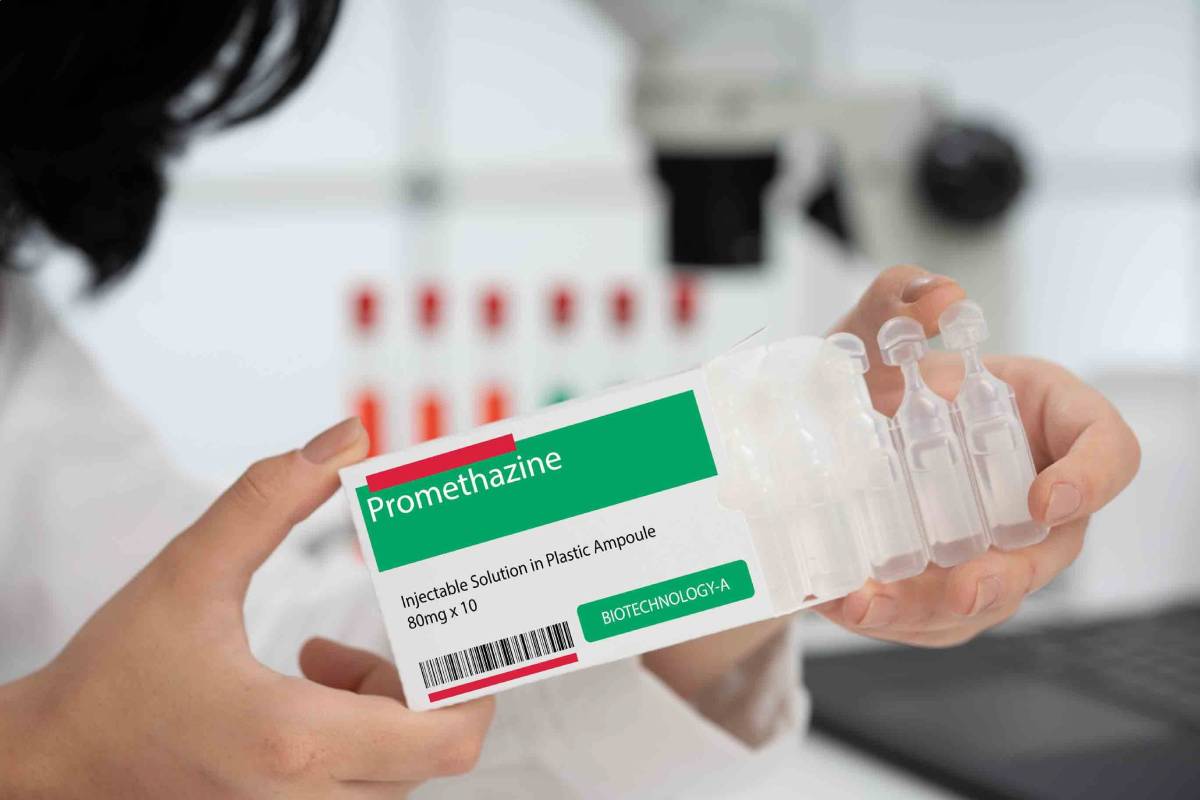Feeling nauseated or vomiting (emesis) is a common adverse side effect of anesthesia and surgery, with up to 80% of patients experiencing postoperative nausea and vomiting. While this side effect has an immediate onset and typically lasts for only a few hours, in some cases, patients may feel nauseated for up to a day; furthermore, this outcome of anesthesia can lead to lower patient satisfaction, longer duration of stay in the hospital, and a higher rate of postoperative complications. Thus, it is important for healthcare professionals to address, prevent, and ameliorate this adverse side effect whenever possible.1 One way to address post-anesthesia nausea and vomiting is through the use of antiemetics.
Antiemetics typically target different receptors in the five primary afferent pathways in stimulating emesis: the chemoreceptor trigger zone (CTZ), the vagal mucosal pathway in the gastrointestinal system, neuronal pathways from vestibular system, reflex afferent pathways from the cerebral cortex, and midbrain afferents. Antiemetic drugs are frequently classified by what specific receptor they antagonize; these classifications include serotonin (5-hydroxytryptamine subtype 3) antagonists, which include drugs such as ondansetron, granisetron, and dolasetron; anticholinergics/antimuscarinics (M), which include scopolamine; histamine (H1) antagonists, which include promethazine, perphenazine, and dimenhydrinate; dopamine (D2) antagonists, which include domperidone, chlorpromazine, and and metoclopramide; and neurokinin-1 antagonists, which include aprepitant, cospitant, and rolapitant.2
For both prophylactic and rescue management of post-anesthesia nausea, the most common drug class used are 5-hydroxytryptamine subtype 3 antagonists, and the most common of the drugs used from this class is called ondansetron. Ondansetron is on the milder end of antiemetic drugs used for this purpose and is administered via I.V. drip at anesthesia induction. Side effects of ondansetron can range from mild (e.g. constipation or headache) to potentially severe (QTc prolongation, which increases the risk of torsades de pointes), and physicians should be mindful both of the preoperative state of the patient and these potential risks when considering the use of this antiemetic or other serotonin antagonists of similar nature.3
Older, traditional antiemetics include scopolamine, promethazine, diphenhydramine, droperidol, and metoclopramide. These drugs carry a more severe side effect profile than serotonin antagonists, including dry mouth, sedation, hypotension, extrapyramidal symptoms, dystonic effects, and restlessness. Although, for this reason, the newer class of antiemetics is more commonly used, it should be noted that older antiemetics typically compare favorably with these newer drugs in efficacy toward preventing post-anesthesia nausea. Drugs in the serotonin antagonist class are relatively more effective for nausea and vomiting caused by chemotherapy compared to anesthesia. With these factors in mind, in more serious cases (or when there is a higher risk), a combination antiemetic therapy may be administered to improve the efficacy of nausea and vomiting prevention and treatment. This multimodal management schema includes multiple different antiemetic drugs (acting at different neuroreceptor sites), less emetogenic anesthesia techniques, adequate intravenous hydration, and adequate pain control.4
References
(1) Weibel, S.; Rücker, G.; Eberhart, L. H.; Pace, N. L.; Hartl, H. M.; Jordan, O. L.; Mayer, D.; Riemer, M.; Schaefer, M. S.; Raj, D.; Backhaus, I.; Helf, A.; Schlesinger, T.; Kienbaum, P.; Kranke, P. Drugs for Preventing Postoperative Nausea and Vomiting in Adults after General Anaesthesia: A Network Meta-Analysis. Cochrane Database of Systematic Reviews 2020, 2020 (11). https://doi.org/10.1002/14651858.CD012859.pub2.
(2) Shaikh, S.; Nagarekha, D.; Hegade, G.; Marutheesh, M. Postoperative Nausea and Vomiting: A Simple yet Complex Problem. Anesth Essays Res 2016, 10 (3), 388. https://doi.org/10.4103/0259-1162.179310.
(3) Pierre, S.; Whelan, R. Nausea and Vomiting after Surgery. Continuing Education in Anaesthesia Critical Care & Pain 2013, 13 (1), 28–32. https://doi.org/10.1093/bjaceaccp/mks046.
(4) Kovac, A. L. Prevention and Treatment of Postoperative Nausea and Vomiting: Drugs 2000, 59 (2), 213–243. https://doi.org/10.2165/00003495-200059020-00005.
